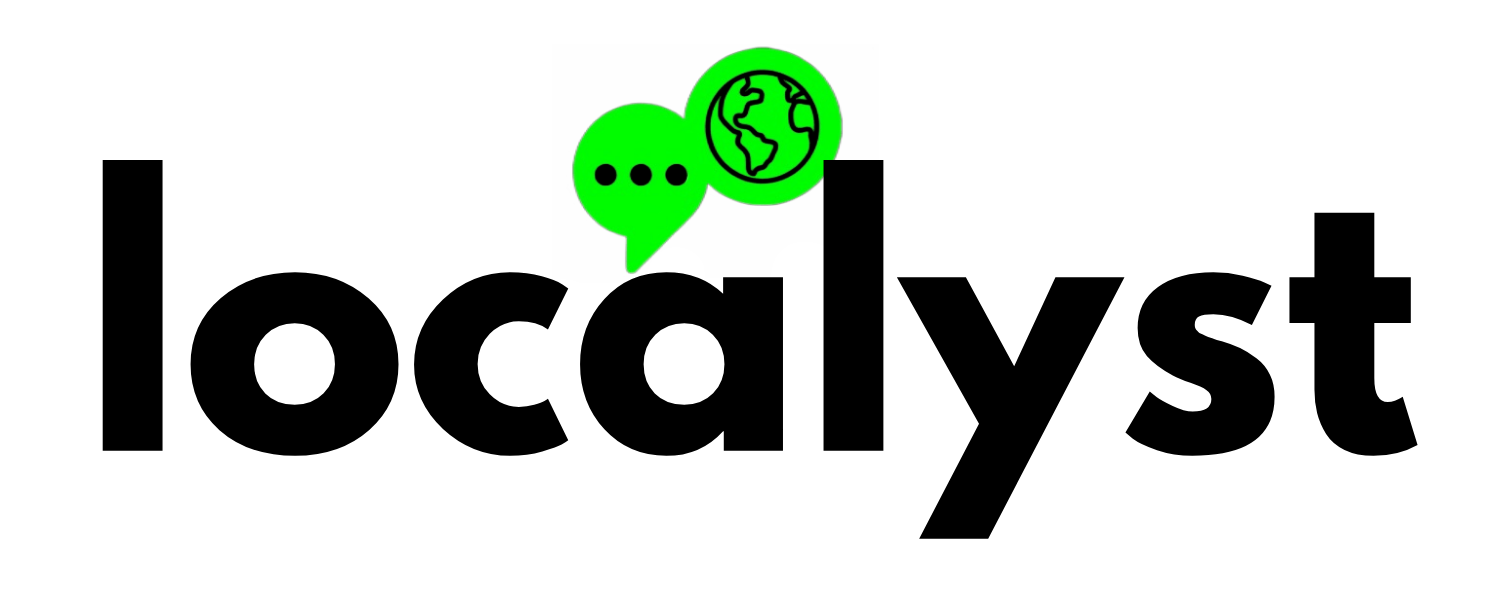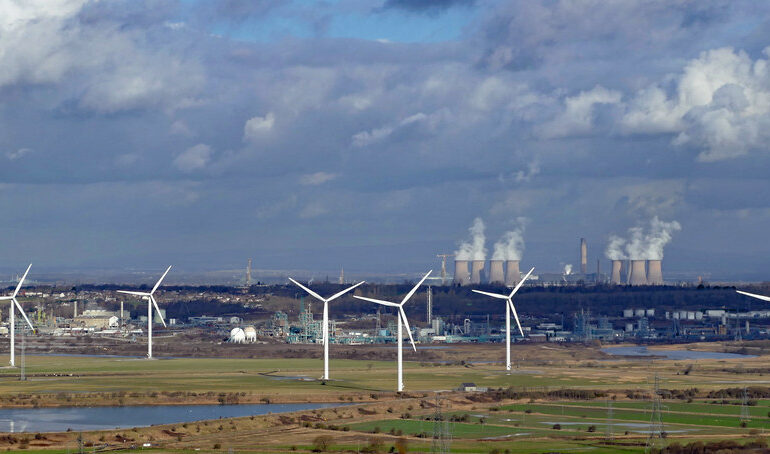New York, NY – Clean energy is at the forefront of discussions around the world as world leaders try to find solutions to the climate change crisis. Political differences, however, have hampered clean energy adoption in several countries, including the United States. As the world works towards a cleaner future, it’s essential to consider how different political outlooks are shaping the renewable energy landscape.
In the past few years, some states have made excellent progress in the adoption of renewable energy. According to the Energy Information Administration, Texas is the leading state for renewable energy generation in the country, generating 136,118 gigawatt-hours from wind and utility-scale solar in 2022. In second place, California produced 52,927 gigawatt-hours, mostly from utility-scale solar. However, the Lone Star State’s wind and solar only make up 26% of its overall electricity generation, which includes gas and coal.
Some states, on the other hand, have resisted renewable energy adoption. Local governments are enacting policies to block or restrict these projects, citing concerns about visual aesthetics, property values, and health impacts. Some communities have experienced financial benefits from hosting renewable energy projects on farmland, while others have resisted due to concerns about the impacts on wildlife and potential risks such as fires or leaks. In rural Indiana, a ten-year ban on wind energy development was approved 2-1 by a county commission and upheld by voters in a referendum. Other “not-in-my-backyard” (NIMBY) sentiments have crushed plans for renewable energy projects in Michigan, Virginia, and other states.
At the federal level, the adoption of clean energy often falls along partisan lines. While the Democratic Party has traditionally championed clean energy policies, Republicans have been more hesitant. This divide has led to a lack of bipartisan action on clean energy adoption, with the issue becoming more polarizing with each election cycle.
Despite these political challenges, clean energy adoption in the United States continues to gain traction. Globally, adoption is growing as well, with China, India, and many European countries aggressively pursuing a clean energy future.
One critical driver of clean energy adoption is the economic benefits that come with it. Renewable energy sources are becoming more affordable, and their adoption offers the potential for job growth in clean energy sectors. These sectors have already shown the potential for significant job creation, with the renewable energy industry employing over 12.7 million people globally in 2021, according to the International Renewable Energy Agency (IRENA). 42 percent of the jobs are in China, while both the EU and Brazil are at 10% each. The U.S. and India each hold 7% of global green jobs. By the end of the decade, the renewable energy sector is expected to employ 38 million people worldwide.
Since President Joe Biden signed the Inflation Reduction Act (IRA) into law in August 2022, research from non-profit Climate Power says more than 100,000 jobs were created and $89.5 billion was invested in 90 new clean energy projects as of the end of January 2023. The IRA provides tax credits for clean energy projects with the aim of reducing greenhouse gas emissions by 40% below 2005 levels by the end of the decade. The clean energy sector, specifically the wind, solar, and electric vehicle sectors, is creating new job opportunities for various professions, including electricians, technicians, mechanics, and construction workers.
Another driver for clean energy adoption is reducing carbon emissions. The world has already passed dangerous levels of emissions, and committed action needs to be taken to avoid catastrophic consequences. Clean energy adoption is essential in reducing harmful emissions, protecting the environment and public health, and contributing to a more sustainable future.
While some may resist this transition, the reality is that clean energy adoption is inevitable. The world is already feeling the impacts of climate change, and so a cleaner, sustainable, and environmentally conscious way of life is becoming more of a necessity.




